Playing with STEM at Home for Young Learners
by Crystal Radke View Bio
Crystal Radke is an educational leader, speaker and published author. After spending time as a classroom teacher, she began her consultant business where she mentors educators by providing inspirational keynotes and powerful professional development. Her degrees in Education and experience as a foster and adoptive mother have made helping children learn and grow a personal mission. She writes the website kreativeinlife.com.
-
- Toys get kids involved and passionate about STEAM subjects.
- Toys can teach kids how to fail and still have fun, which helps them develop perseverance.
- Toys teach collaboration and build social skills, which are greatly needed in the workforce.
- Toys expand stereotype roles and foster diversity of cultures and perspectives.
- Toys teach kids to take healthy risks to build confidence and courage.
- Toys can promote hands-on exploration, improving cognitive abilities.
- Toys encourage kids to expand their interests and try out new things.
- Toys help kids relate STEAM to the world around them, making math and science relevant.
- Toys teach kids to problem solve, think deeply, and take their time.
- Toys help integrate the arts into STEAM projects by encouraging creativity and imagination.
Visit our STEM/STEAM page for more resources to help parents and teachers encourage children to use toys and play to grow and enhance their learning and build lifelong skills.
STEM requires creativity and critical thinking skills, which can be fostered through play. When children are able to navigate the engineering process by experimenting and problem solving, it helps prepare them for innovation they will need in order to be successful in future careers. Hands-on play experiences are especially valuable because they help children see real-world applications of science, technology, engineering, and math concepts.
DESIGN A CAR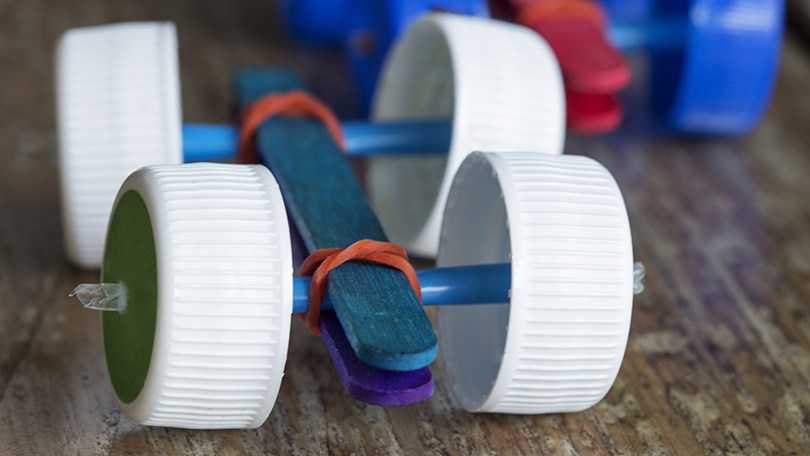
What materials can you find at home that you could use to create a car? When learning about force and motion, we know that there needs to be some sort of force to make your car move. Will you use the force of your hand by pushing the car? How about attaching a balloon to the car and using the air in the balloon? Design more than one car and see which one will go faster or farther.
PAPER AIRPLANES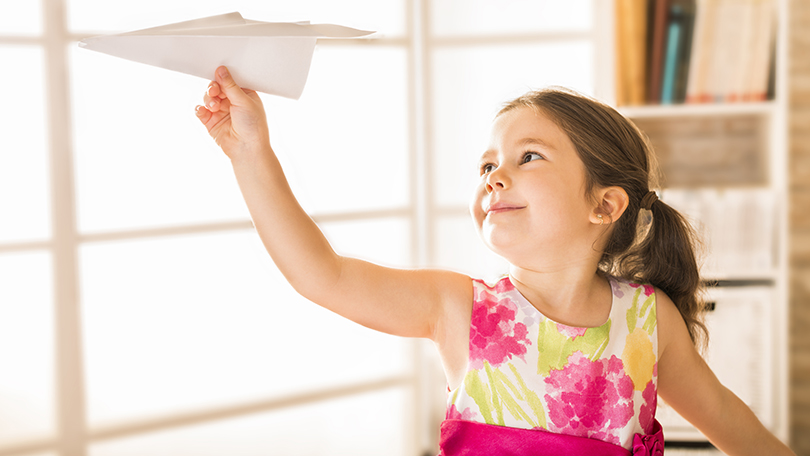
This project is super simple because all you need is paper but don’t just use one sheet. This is a great way to try different styles out. Build several planes and make predictions on which plane will fly the highest or farthest. Why do you think that? Were you right or wrong? Consider making changes to your plane. How can you make it better?
COLORFUL BUBBLES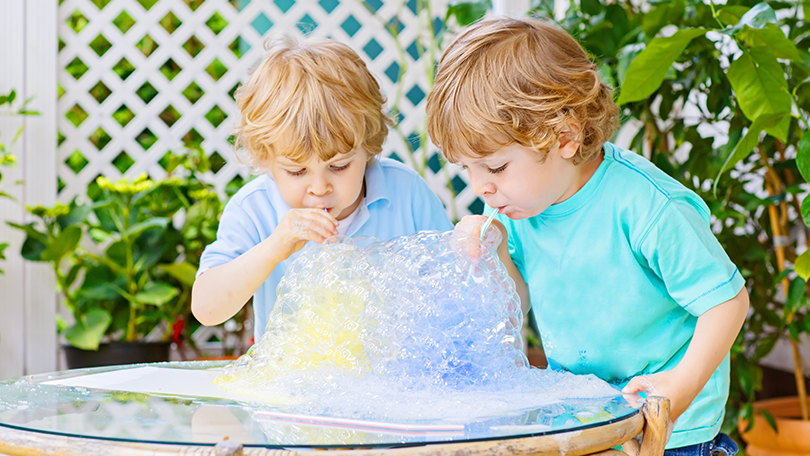
Blowing bubbles is a timeless activity that children have enjoyed for years. It’s also a great opportunity to apply STEM concepts. You can purchase bubble solution but it’s more fun to make it at home. Before mixing the solution, use a clear cup, straw and water and see if you can blow bubbles. Do they rise to the top of the cup? Do they form shapes and stay? In a container, combine 1 ½ cups of hot water, ¼ cup of light corn syrup, ¼ cup of dish soap and washable paint. After mixing the solution, fill a glass jar half full. Use a straw to blow air into the jar. Make sure not to drink any of the solution! What happens when you blow? You can also try and make a wand out of a pipe cleaner. Do different shape wands change the shape of the bubble?
CABBAGE COLORS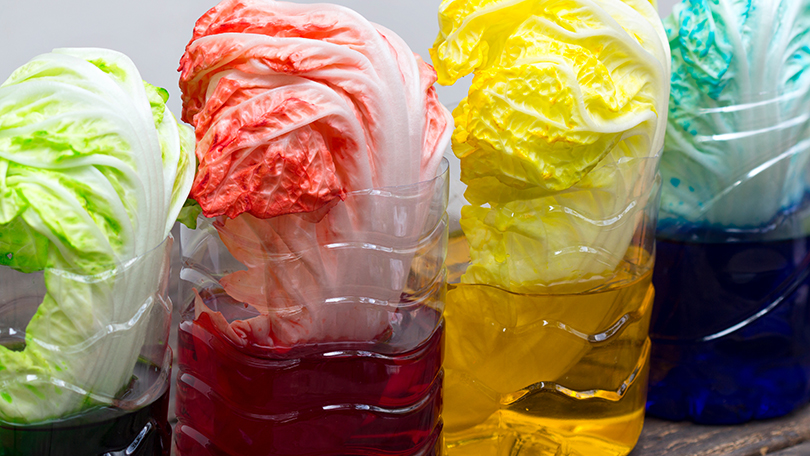
Plants need water and sunlight to live. This experiment is a fun way to show how water moves up the stem of a plant. Before you start, ask your child to make a prediction about what will happen when we put the cabbage in colored water. You can also substitute celery instead of cabbage if you want. To do this experiment, slice the cabbage at the stalk. Place each stalk in a jar of colored water (created by putting drops of food coloring in water). How does this work? Cabbage (and celery) have tubs in them called xylem. This allows water to be pulled up into their leaves. What do you observe after one hour, one day, and one week? Pretty neat, huh? Were your predictions correct? Science can be so fun!
BUILDING STRUCTURES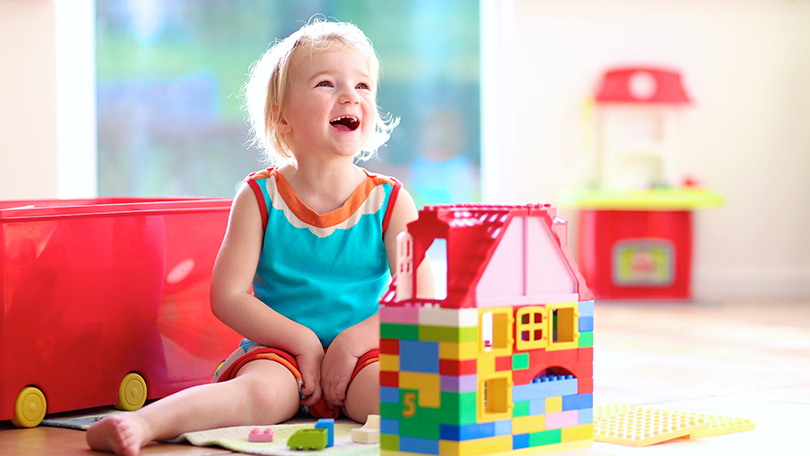
Building is something that children of all ages enjoy. It’s the perfect way to strengthen fine motor skills while using imagination to create something exciting. What would you build? A volcano? A house? What about a robot? First, design a plan on paper. Then, construct your design. You may need to make changes and that’s okay. Part of the engineering process is constantly trying to better your design. Don’t give up though. You can do it!
3D SHAPES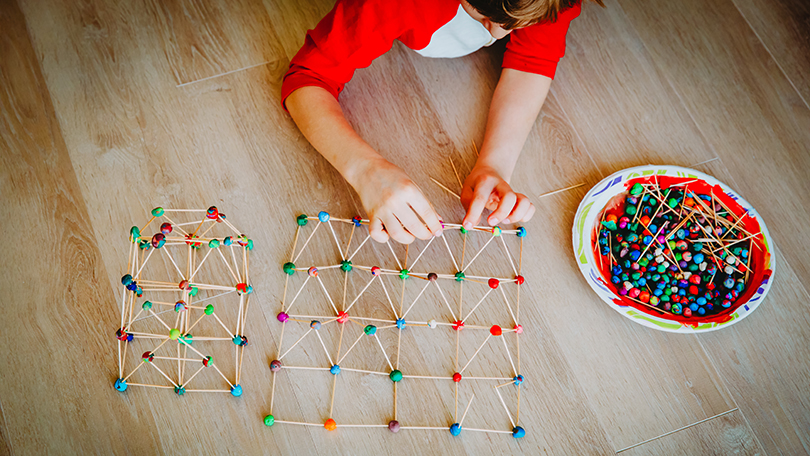
By using resources like playdough, clay, marshmallows, toothpicks or popsicle sticks at home, you can create just about any 3D shape. Think outside the shape though. Can you build a doghouse for your favorite puppy? What about a tent for your next camping trip? Plan your design first and then carry out your plan. What resources did you use? How can you improve our design? Good engineers are always testing out different techniques.
CARDBOARD CREATIONS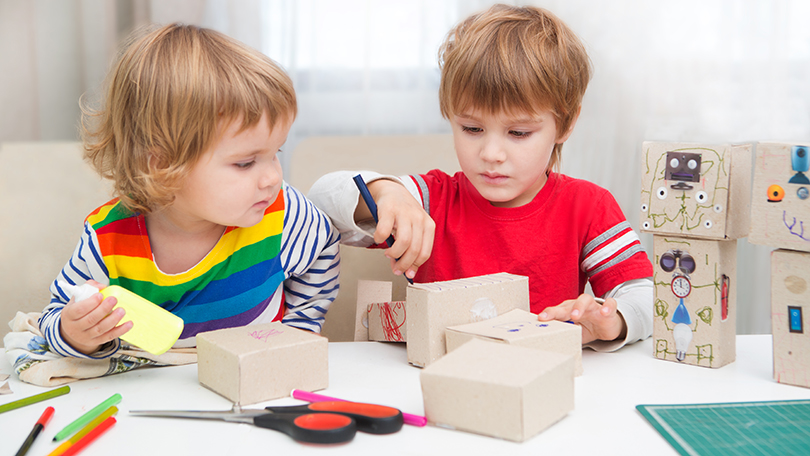
This morning you finished the last of the cereal but don’t throw the box away. Try cutting it up to create a house. You can create a house to look like the one you live in or maybe one you want to live in one day. What other resources will you need to construct your house? How many walls, doors, etc. will you need? Get creative and paint your house too! Here’s your chance to showcase your skills as a budding architect. What about making a robot? What would you name it? Make a plan and carry it out.
A BOAT THAT FLOATS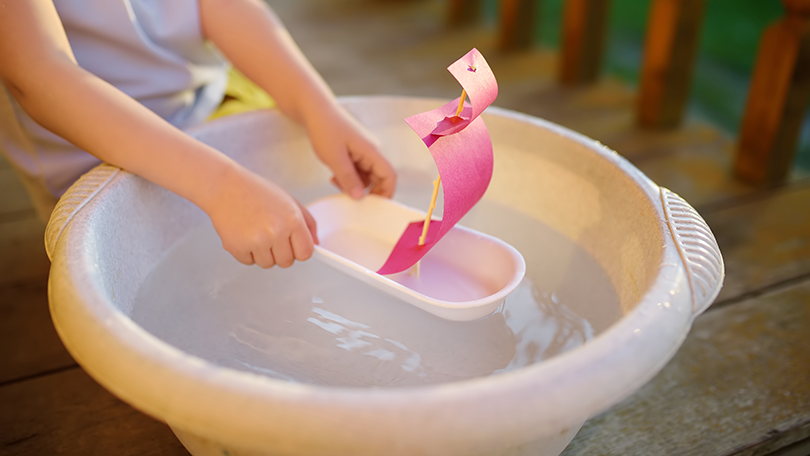
Will it sink or will it float? You won’t know unless you build it and see. Look for materials around your house to create a boat. After you’re finished with the construction, put it in the sink or bathtub to see if it floats. If it doesn’t, don’t get discouraged. Try again! A good engineer doesn’t give up! What is another resource you can use? If it does float, still try to create another boat and see which will float longer or which boat goes farther in the water. Can you use paper, foil, foam? Make predictions, conduct the experiment and continue to improve your design. If you want to really test your boat, see if it can hold something, like a small sock or toy car.
By playing with STEM, children learn that it’s okay to not have a “right” answer. Sometimes things need to go wrong in order to get to the right answers so don’t be afraid to try. Even if you think you’ve found a solution to what you are doing, change it up. What if you made something bigger, smaller, shorter or taller? Make time to build, construct, tinker, imagine, experiment, evaluate, observe, explore and problem solve. Most importantly, remember that play can provide hours and hours of learning FUN.